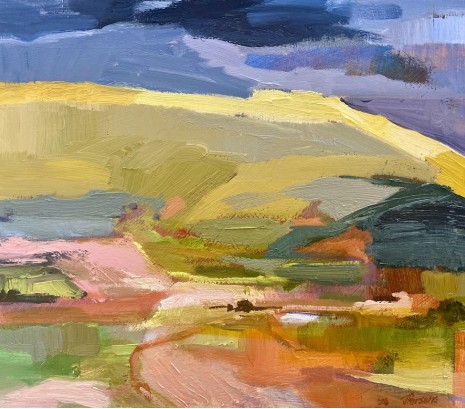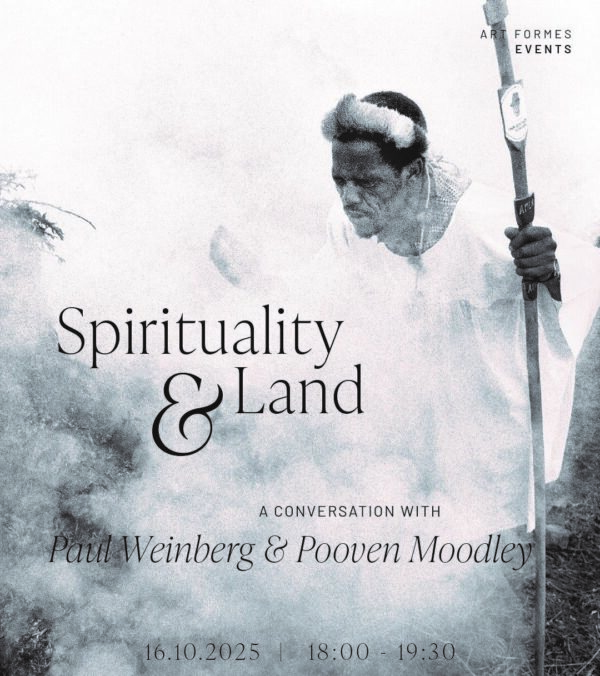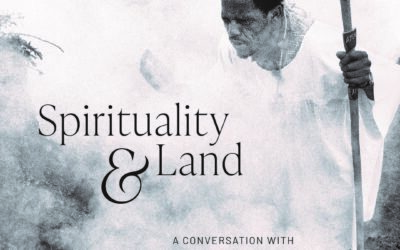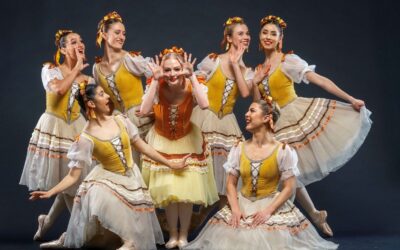Cape Town’s third annual Art Fair opens Thursday 26 February to Sunday 1 March.
Director of the Basel art fair Marc Spiegler was quoted (in the Artsy editorial) as saying “We are not like a flea market on steroids; we don’t just rent square meters”.
The same can be said of Cape Town’s third gallery driven Art Fair. Spiegler is one of the international guests, whose presence will grace the Art Fair at the V&A this month. The Tate Modern sent out its feelers last year and this year more illustrious guests including representatives from New York’s Guggenheim Museum will be checking out the fair. Last year two of the most prestigious local galleries, the Michael Stevenson and the Goodman gallery “put their toe in” to test the water and finding the temperature just right are back again this year.
In fact gallery space has almost tripled over the last three years with some galleries selling so well they had to rehang exhibitions three times. “We may have a long way to go” says Art Fair producer Liza Dyason. But there is no doubt that South Africa has been generating a great deal of attention from world players.
Cape Town’s Art fair aspires to be like international fairs such as Basel. The 40 year old international art fair stages the world’s premier modern and contemporary art shows annually in Basel, Miami Beach, and Hong Kong. In the same manner of the Basel fair, the CT Art Fair strives to create a platform where works and galleries of top quality, and whatever art is most important at the time, meet patrons and museum directors and gallerists of the highest order. According to Dyason, although there are other smaller initiatives “we really want to be the number one international art fair on the African continent”.
The structure of this year’s fair has undergone a change. Whereas last year the event was held at the single site of the BMW Pavilion, this year it follows the flow of a “campus” type layout.
The fair starts in the Avenue, moves through the North Wharf and ends at the Bascule Bridge. While the campus structure is familiar to the earliest Basel and Miami art fairs it’s the first of its kind in Africa. Designed by Atissima’s Italian architect and project manger Laura Vincenti, a spread of buildings, air conditioned marquees connected by boardwalks will house the 45 gallery stands.
Dyason believes that the key to this year’s fair is the high standard and quality of the works generally and the exciting work from Africa including the work of artists from Ethiopia, Nigeria, Cameroon and Zimbabwe. The Pan African artists include Angolan Edson Chagas, Ndidi Emefiele from Nigeria, Zimbabwe’s Wycliffe Mundopa, and the Egyptian artist, Moataz Nasr.
The fair will also exhibit top contemporary artists closer to home such as Wim Botha, Kilmany-Jo Liversage and Mohau Modisakeng.
The inclusion of well known international Italian galleries, for example Galleria Continua and Primo Marella show the close links with the fair’s Italian organising company Fiera Milano.
This year’s guest curator is Rosa Lee Goldberg and the invited artist is Stephen Hobbs.
Goldberg is an art historian, author, critic and curator and Founder of Performa. South African born she believes that performance is the medium of the 21st century and in the “simultaneity” of art and performance.
With regard to the Pan African exhibits, the ones which often elicit the most excited responses, a curious phenomenon prevails. African artists produce art works. They are snapped up by overseas collectors and galleries for their difference. Once exhibited they achieve a stamp of approval and then they return via fairs to the mother continent to be relooked at and bought by Africa and foreign gallerists and collectors, making a full circle .
As Dyason points out the fair is not only about exhibitions. In keeping with Basel’s approach it also about creating talks, panels and performances.”An art fair” she explains “often rises and falls on its VIP programme.” By VIP programme she means all the peripheral events that surround the fair. These are the bells and whistles that encourage private collectors to get on a plane and come to the fair. They include elite occasions like a private dinner with Albie Sacks or the opportunity to go through the Irma Sterm museum with its director Christopher Peters or a closed tour of the Rupert Museum.
The fair may be gallery run but as an award winning South African sculptor said of last year’s fair, that it’s exciting the number of people and artists and students that attended because it says one thing. You don’t have to be a poor struggling artist anymore –you can make money. People will buy.
This preview by Lucinda Jolly first appeared in The Cape Times
Related blog






